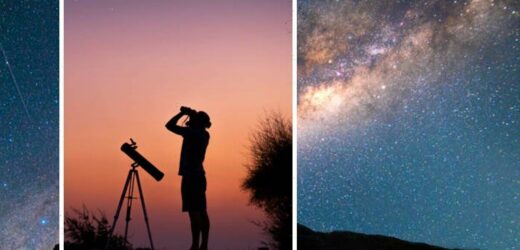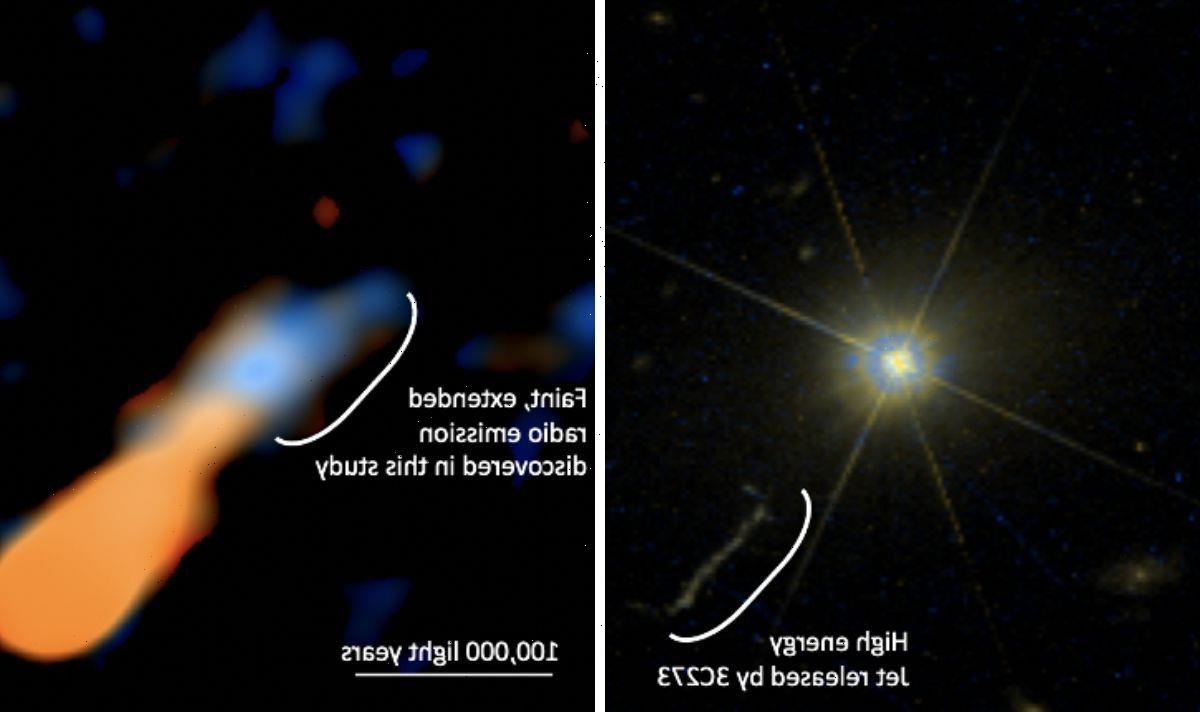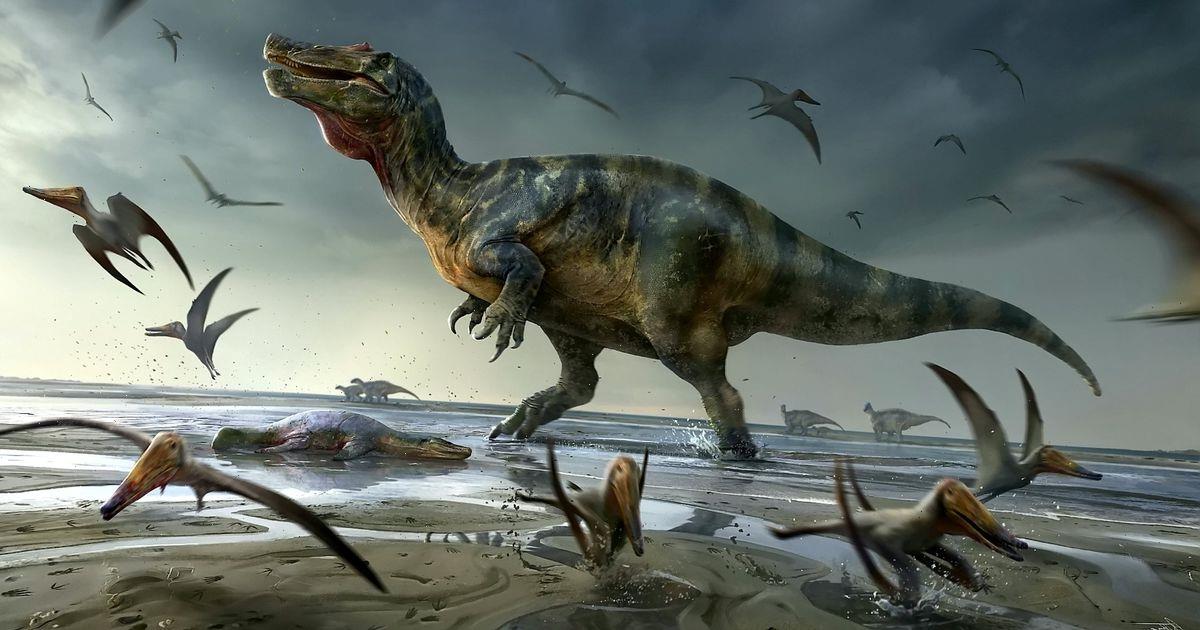Why did Nasa blast lab-grown human muscles into space?
We use your sign-up to provide content in ways you’ve consented to and to improve our understanding of you. This may include adverts from us and 3rd parties based on our understanding. You can unsubscribe at any time. More info
Later this month space fanatics will be treated to a unique phenomenon that was last seen nearly 20 years ago. The sight of five planets lining up side by side has raised anticipation levels considerably. Experts have said that while it is common to see a conjunction of three planets close together, seeing five is rare.
In recent months, Mercury, Venus, Mars, Jupiter and Saturn have gradually been aligning themselves together – in that order.
Eagle-eyed observers would have been able to first catch a sight of the event, last week, on the mornings of June 3 and 4, according to Sky & Telescope.
But this was only for about half an hour, before Mercury was lost in the glare of the Sun.
The good news is if you didn’t see the planetary wonder then it’s expected to be even more visible later in June.

On Friday, June 24 the alignment can be viewed at its optimal peak, even if the distance between Mercury and Saturn increases.
This is because it’s getting easier to spot Mercury and so becoming progressively effortless to see all five planets.
Conditions for anyone who wishes to see the five planets line up should be good enough for the naked eye.
However, it’s always worth owning a set of binoculars to make sure you can definitely take in the sight.

Even if it is cloudy, the planets should be visible on the days leading up to this.
You’ll have about an hour to enjoy the sight, from when Mercury pops above the horizon to when the rising Sun washes it out of the sky.
Experts have said the best time to see the alignment on June 24 is 45 minutes before sunrise, where it should be visible on the eastern horizon.
But the real bonus is the waning crescent Moon positioned between Venus and Mars, serving as a proxy Earth.
DON’T MISS:
Elon Musk humiliated as scientist slams SpaceX CEO over ‘stupid idea’ [INSIGHT]
UK to LEAD ‘new era’ of energy with fusion breakthrough [NEWS]
Energy crisis horror as homeowner quoted £16k to install heat pump [ANALYSIS]

Diana Hannikainen, Observing Editor at Sky & Telescope, told CBS the sky on the morning of June 24 “will present a delightful sight” for observers.
Four of the naked-eye planets have been lining up in the past few months, according to NASA.
But over the next few months, Saturn, Mars, Jupiter and Venus will spread out. By September, Venus and Saturn will no longer be visible to observers.
The last time the five naked-eye planets were strung across the horizon in sequence was in December 2004.
Another astronomical phenomenon will also be visible in June – the M13 globular star cluster.
The cluster is a tightly packed spherical collection of stars, and is also known as the Hercules Cluster.
It contains thousands of stars, which are thought to be around 12 billion years old or almost the age of the universe itself.
Source: Read Full Article


